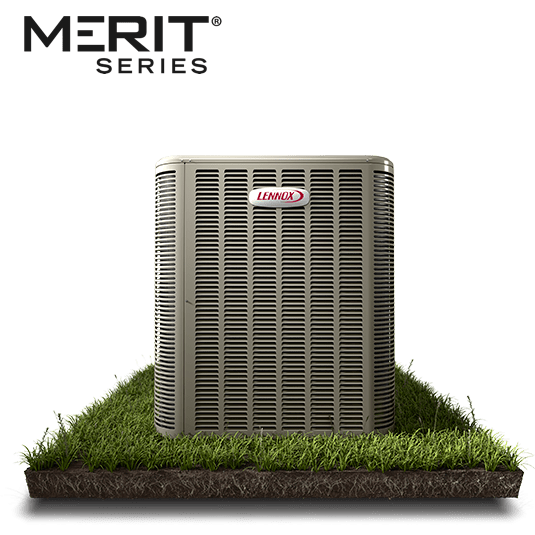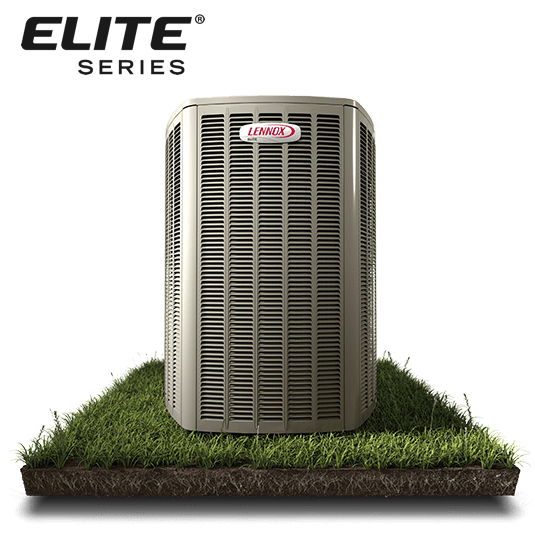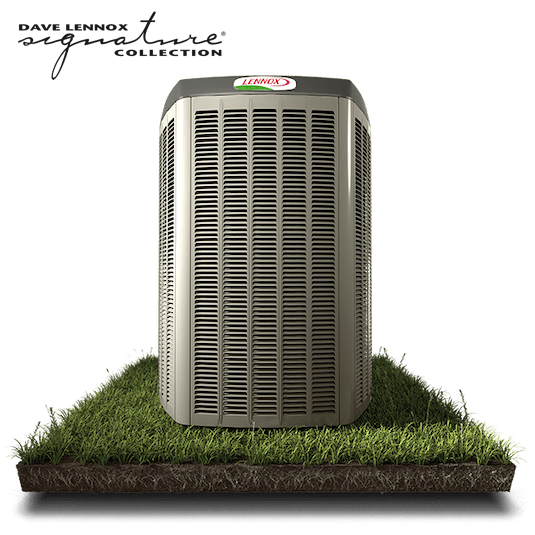HEAT PUMP INSTALLATION CALGARY
Install a heat pump for all-season comfort — and lower utility bills.
Upgrade to dual-fuel, starting at $6895 or $93/month.
Find the best heat pump for your needs.
SPECIAL OFFER
Add a heat pump to your furnace or hot water tank installation and save.
If you’re upgrading to a high-efficiency furnace or installing a new hot water heater, add a heat pump to save $200 on installation.
To get this offer, request a heat pump with your furnace quote, or call us to book an in-home quote. We install Lennox and Trane heat pumps.
Your installation could also be eligible for a Canada Greener Homes loan up to $40,000 — visit Natural Resources Canada for details.
Professional, friendly, knowledgable.
Serving Calgary for over 15 years.
Top quality, efficient, done right.
Certified journeymen installers.
Transparent, affordable pricing.
No hidden fees!

Affordable and efficient.
Merit Series heat pumps provide efficient heating and cooling, rated up to 18.6 SEER.
Starting at $6895 + GST or $93/month
Price includes supply and installation.
✅ Eligible for Canada Greener Homes
Merit Series
ML17XP1 – Single-stage, 18.6 SEER, 74 dB
View Lennox Merit Series brochure →
Contact us to request a quote and get answers to your heat pump questions.

Quiet and adaptable.
Rated up 22 SEER2, Elite Series heat pumps provide quieter operation and higher efficiency.
Starting at $7995 + GST or $108/month
Price includes supply and installation.
✅ Eligible for Canada Greener Homes
Elite Series
EL22XPV – Variable, 22 SEER2, 61 dB
EL17XP1 – Single-stage, 17 SEER2, 71 dB
View Lennox Elite Series brochure →
Contact us to request a quote and get answers to your heat pump questions.

When only the best will do.
Dave Lennox Signature Collection heat pumps are the most precise and efficient you can buy.
Starting at $14195 + GST or $178/month
Price includes supply and installation.
✅ Eligible for Canada Greener Homes
Signature Collection
SL25XPV – Variable, 23 SEER2, 58 dB
View Lennox Signature brochure →
Contact us to request a quote and get answers to your heat pump questions.
10 year parts and labour warranty
We stand behind every heat pump installation with our industry-leading ten year parts and labour warranty.

Heat Pump FAQs
How much does a whole-home heat pump cost?
In Calgary, Advanpro offers Lennox and Trane heat pumps starting at $6895 + GST or $93/month, including professional installation. Contact us to get a detailed quote for your home.
Plus, get a $200 discount on heat pump installation when combined with a new furnace or hot water heater install.
Heat pumps cost more than air conditioners, but include more than just cooling for hot days. A heat pump upgrades your home to a dual-fuel heating system — use gas or electric for maximum efficiency.
What grants and incentives are available for heat pumps?
In Calgary, the main government incentive for heat pumps is the Canada Greener Homes initiative.
Eligible heat pump installations and energy-saving retrofits can qualify for interest-free loans up to $40,000. Visit Natural Resources Canada for details.
On top of government incentives, you can typically save on installation costs by performing furnace, heat pump, and hot water tank upgrades at the same time. Plus, you’ll be saving on utility costs every month!
Do heat pumps work in Calgary?
Yes, they do! In fact, combining a whole-home heat pump with a high-efficiency gas furnace is ideal for the extremes of the Calgary climate.
Heat pump technology continues to improve, and “cold climate” models like the Lennox SL25XPV can deliver 100% heating capacity at -15ºC.
Every Winter in Calgary has days of extreme cold below -15ºC, so you still need a gas furnace. However, more than 75% of the days in a typical year have temperatures above freezing when a heat pump can save you money versus gas heating or provide cooling for comfort.
A dual-fuel system prepares your home for anything — wet Spring storms, hot Summer days, chilly Fall winds, and cold Winter nights.
When you pair your Lennox heat pump with a compatible high-efficiency furnace and thermostat, the system automatically switches between electric and gas heating for maximum energy efficiency.
Heat pump or air conditioner? What's the right choice?
Simplified, a heat pump is an air conditioner that can run in reverse. Installation discounts and government incentives for heat pumps (like the Canada Greener Homes Loan) can make the costs similar to A/C.
What’s the catch? For the Calgary climate, a heat pump needs to be paired with a compatible furnace and thermostat that can switch between electric and gas heating. This is called a “dual-fuel” system.
So, it depends on your furnace.
If you’re planning to install a new high-efficiency furnace and air conditioner, consider a heat pump instead of A/C. You can choose the perfect pairing to go dual-fuel!
If you’ve just moved into a new home or installed a new furnace, it may be dual-fuel compatible. You’ll need to verify with the manufacturer which heat pumps can be matched with your furnace model, if any.
How long is the warranty on a whole-home heat pump?
Lennox heat pumps come with the following limited warranties:
- Merit-series, 5-year compressor and covered components
- Elite-series, 10-year compressor and 5-year covered components
- Signature-series, 10-year compressor and covered components
Advanpro installations come with a 10-year labour warranty. As with air conditioners, we recommend an annual tune up to ensure the longevity and efficiency of your heat pump.
More products
We also offer furnaces, humidifiers, hot water heaters, and air quality systems — from high-quality brands including Lennox, Healthy Climate, and General Aire.
Furnaces
Lennox
Humidifiers
General Aire
Hot Water Heaters
Bradford White, Noritz
Air Quality Systems
Healthy Climate
